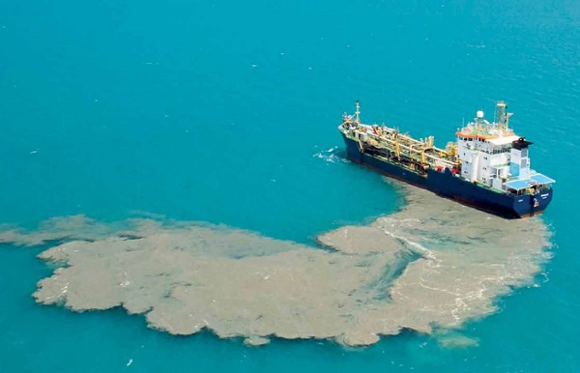Dalberg uses cookies and related technologies to improve the way the site functions. A cookie is a text file that is stored on your device. We use these text files for functionality such as to analyze our traffic or to personalize content. You can easily control how we use cookies on your device by adjusting the settings below, and you may also change those settings at any time by visiting our privacy policy page.
The Great Barrier Reef is the world’s largest coral reef system and the only living structure that can be seen from space with the naked eye. Located on the eastern coast of Australia, the Reef is home to thousands of species of plants and animals including turtles, rays, crustaceans and corals, and is one of the world’s most diverse habitats.
The Reef also plays a critical role in the Australian economy; it supports almost 69,000 jobs and contributes nearly US$5.8 billion to the country each year through tourism, marine research, and commercial fishing.
But the Great Barrier Reef is disappearing at an alarming rate.
Over the past 30 years, more than half of the Reef’s coral cover has been lost as a result of both natural and human factors such as tropical cyclones, water pollution, and climate change.
The Reef is facing a more immediate threat from extensive industrialization. The Australian government recently approved plans to expand several ports along the coast adjacent to the Great Barrier Reef, in order to boost their coal and natural gas exports. To build these ports, huge amounts of material will need to be removed, or dredged, from the ocean floor to make room for new harbors and incoming cargo ships.

A new Dalberg report for the WWF, The Great Barrier Reef Under Threat, estimates that up to 51 million cubic meters of seabed material could be dredged to accommodate these port expansions – that’s enough material to fill up New York City’s Empire State Building 49 times over. Much of this material could be dumped within the Great Barrier Reef’s World Heritage waters. The disturbance caused by this process creates plumes of sedimentary material that can travel up to 80km from the dumping location and are known to smother corals and seagrass beds, hampering their ability to survive. This damage, in turn, affects marine wildlife, including threatened species such as dugongs and marine turtles that depend on these coral and seagrass beds for food.
In fact, some of these port expansions might not even be needed. Under current plans, the coal-exporting capacity of the Queensland state will more than double. However, the demand for coal is slowing. Amid rising demand for renewable energy and international efforts to cut carbon emissions, the Australian Bureau of Resources and Energy Economics has already downgraded its 2018-2019 forecasts of Australian coal exports to just two-thirds of the planned capacity of the Queensland coal ports. In light of the coal industry’s decline, some of the port expansions could become redundant.
The world is waking up to the threats facing the Reef. Although UNESCO has listed the Great Barrier Reef as a World Heritage Site since 1981, it recently warned Australia that the Reef could be placed on its list of World Heritage Sites in Danger later this year, if the country does not address environmental concerns regarding the port expansions.
Fortunately, it’s not too late to protect the Great Barrier Reef if we can influence the behavior of a few key actors. The WWF, supported by the Dalberg report, has launched a global campaign to protect the Great Barrier Reef from this looming threat of further industrialization. It urges companies not to finance projects that might threaten the Reef or other World Heritage Sites, by reassessing their investments through the lens of responsible business conduct. The campaign also asks the Australian government to ban the dumping of dredged material in the Great Barrier Reef World Heritage Site. The dumping ban currently being considered only covers the Great Barrier Marine Park. However this area, which is slightly smaller than the World Heritage Site, does not include most of the waters around the ports where 80% of dumping has occurred in recent years.

If Australia is able to enshrine the ban on World Heritage Site dumping in law, then the country can move one step closer to upholding its commitment to the World Heritage Convention of ensuring that the Great Barrier Reef is fully protected for future generations. Dalberg’s Regional Director for Europe, Wijnand de Wit, commented, “The Great Barrier Reef is a World Heritage Site, recognized for its unique natural properties, scientific and environmental importance, and as a source of sustainable economic value. We should take action to stop activities that risk further destruction, particularly those resulting from investments that pursue short-term gains but threaten the outstanding universal value of the Reef.”
543,723 people signed WWF’s global petition to protect the Great Barrier Reef from further degradation. Now an end to Great Barrier Reef dumping is imminent.

